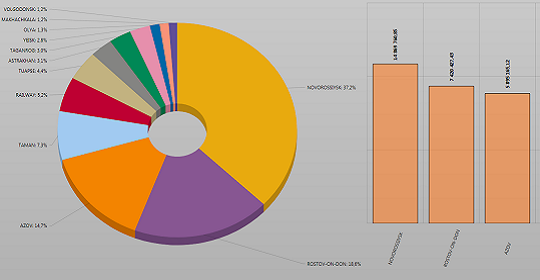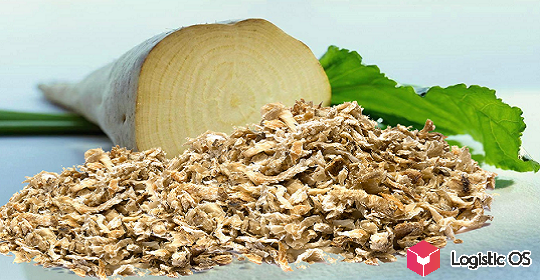According to the forecasts of most analysts, this year one should not expect a grain harvest in Russia at a level of more than 127-131 million tons.
At the same time, last year the harvest amounted to about 154 million tons.
In particular, for wheat, a harvest of about 85 million tons is expected, while a year ago it was 104 million. Such data were announced during the 16th Winter Grain Conference.
The Institute for Agricultural Market Studies gives similar values: 131 million tons and 86 million tons for grain and wheat, respectively.
A harvest of 20 million tons of barley and 15 million tons of corn is also expected. At the same time, in a negative scenario, a drop in the wheat harvest to 80 million tons is not ruled out.
Why is the forecast worse than last year?
As Vladimir Petrichenko, CEO of the analytical company ProZerno, noted, in many regions of Russia this year there was less snow than a year ago.
In particular, this applies to certain regions of the Chernozem region, as well as the European territory. As a result, the percentage of death of winter crops can be increased from 3% to 5-6%. However, this is not the final value yet, everything will become clear after winter crops begin to grow after winter.
But according to the Ministry of Agriculture, the state of winter crops in the Russian Federation this time is better than the average for the last 5 years: up to 93% of crops managed to successfully survive the winter.
Therefore, hopes for a good harvest still remain.
However, ProZerno remains moderately pessimistic. As Petrichenko noted, so far there are no grounds for upward revision of forecasts.
But, of course, in the middle of spring, and then in the middle of summer, it will be possible to give more accurate forecasts, which will almost exactly correspond to the results that can be obtained in reality.
Do manufacturers have no incentives?
In addition to weather factors, the decline in yield may also be due to economic factors. Last year, Russia harvested a record harvest in history, but there were problems:
— Nowhere to store it
— Export is difficult due to sanctions
— Large surpluses put pressure on prices, and it is unprofitable to sell at current value
As a result, Russia entered 2023 with the maximum stocks of unsold grain. This situation does not encourage manufacturers to strive to surpass last year’s results.
This may be one of the reasons why the area under winter crops, for example, has decreased by 700 thousand hectares this season.
True, the head of the Ministry of Agriculture, Dmitry Patrushev, explains the lack of seeding by weather conditions: when it was necessary to sow winter crops, it rained in many regions of the Russian Federation.

